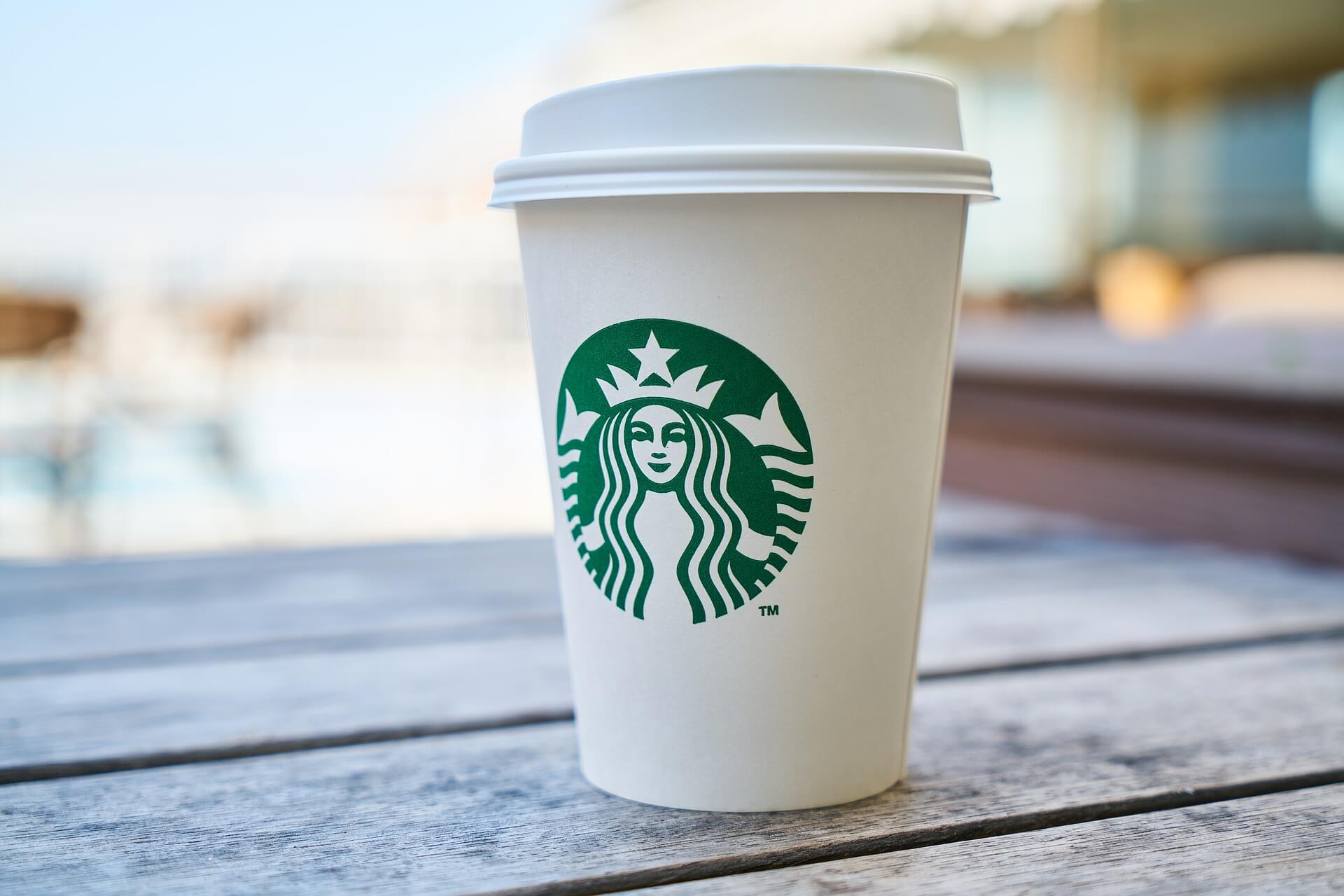It’s 2020 and let’s face it, a lot has changed. Whether you are trying out a new exercise program, or spending more time at home than usual, everyone’s routing is not what it used to be. Similar to how we as human beings have adapted, companies and brands, both small and large, have had to do the same thing. Shocking, right?
In the day and age we are living in, brands can no longer rely solely upon their products to generate revenue. Why? Because people are spending more and more time at home and on their phones meaning there is less foot traffic in stores, meaning there is less physical exposure to products. This drastic change has forced brands to get extra creative, and expand both their marketing and advertising efforts. Companies have attempted to tackle this obstacle in various ways and have begun to go the extra mile because let’s face it, 2020 has been anything but normal: so why should they?
What are some ways brands have pivoted?
This decrease in physical exposure to products has left companies between a rock and a hard place. Of course, they want to be sympathetic to the current world climate, but also need to continue to do their job and generate revenue. So, how exactly do they do this?
1. Social Media Campaigns
It’s no secret that social media has always been an integral part of a solid marketing plan. For years, companies have been utilizing platforms such as Facebook, Twitter, and Instagram to promote not only their products, but their brand as a whole. Heck, companies probably know the ins and outs of these platforms like the back of their hand by now! So, what’s changed? In today’s world, social media is so much more than a feed you scroll on when you’re bored or lonely: it’s a way of life. Not only have people made careers out of it, many users center their life around it! Just woke up? Check social media. Can’t fall asleep? Go on social media. Although this is not the healthiest habit, it has become ingrained in so many people, including myself. Companies have noticed this and the increase in social media use among users, and have begun to reach new heights when it comes to marketing campaigns.
Companies such as Coors light, Starbucks, Hello BC and more have found a way to make social media much more interactive than ever before. Coors Light centered an entire marketing campaign around the idea of time machine travel. As soon as this campaign hit people’s feeds, it immediately peaked interest and was one of their most interactive campaigns yet. Along with this, companies seem to have struck an ideal balance between promoting their products, while still being sensitive and empathetic towards the struggles people are currently facing. Along with this, Starbucks used the #Whatsyourname for one of their campaigns, where they partnered with a UK based organization that supports transgender and gender-diverse youth. This was an award-winning campaign that began by centering itself around one of the most iconic Starbucks moments: your barista writing your name on the side of your cup.

In conjunction with the increased campaign creativity, there are also various new platforms that have become popular within the past few years. Platforms such as TikTok have really developed, and give companies another place to express creativity, listen to their consumers, and market their products: a win-win-win!
2. Product relatability: People Want a Story!
Imagine you are watching TV, and two competing advertisements come on back-to-back, both for new beauty tools. One advertisement simply states the facts: talks about the percentage of people who have already tried and loved the product, while also making the claim that it is the “next best thing”. The second advertisement is much more personal. It focuses on their consumers explaining how it has changed their lives, and boosted things such as their self-confidence. So, on one hand, you have an ad that is strictly scientific, somewhat cold. But, on the other hand, you have an incredibly personal ad: one that appeals directly to you. Which one would you choose?
Now, I don’t know about you, but I would be strongly pulled towards the more personal ad. I love feeling like companies truly are taking the time to think about me, and treat me like I am the only person buying their product. Creating a story that people can relate to goes a long way: especially when you are trying to convince people to spend their money! It doesn’t matter if it is something simple like a new camera, or something more extravagant like a new car: if I can’t relate to it, I don’t want it! This idea of product relatability is something companies have really caught onto, and have learned to use to their advantage. Similar to both the Coors Light and Starbucks marketing campaigns, companies have realized that they have to build their brands and ideas around a topic that really resonates with their consumers. Without this, consumers wouldn’t know what they are standing behind and supporting, and to many, that is important.
It’s true, 2020 has been anything but normal, and companies have felt that and have quickly learned to adapt. Especially in the world we live in today, brands need to have substance behind their products and can no longer rely on their stellar products to generate revenue. Creating strong, creative social media marketing campaigns as well as increasing product relatability for consumers does wonders. But, along with these tactics, companies have to make sure that they practice repetition, and their ads are being seen by their consumers. Because after all, they can do all the work they want, but without it being seen, nothing will change.
Share this Post
